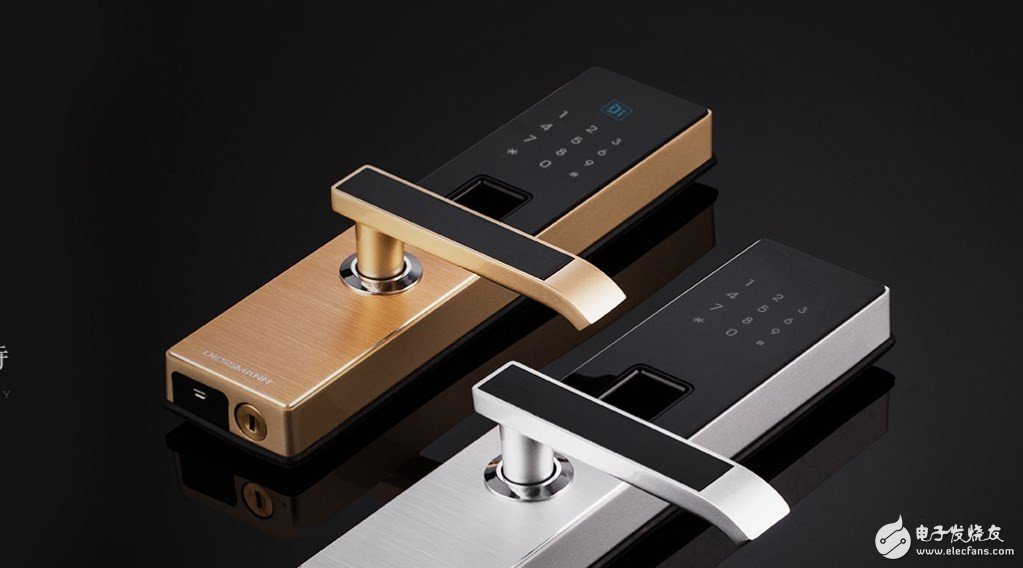With the rise of smart homes, more and more households are adopting smart devices to enjoy a more convenient lifestyle. As one of the most essential home security systems, the door lock plays a crucial role in protecting families. Among all smart home products, the smart door lock has become a growing trend in recent years.
Today, the market is flooded with various smart door lock options, each offering different unlocking methods and levels of security. While they may look similar at first glance, their underlying technologies can vary significantly. In this article, we’ll break down the core security principles behind smart door locks in simple terms. If you're considering upgrading your door lock, take a few minutes to read through and find the best fit for your needs.

These locks operate using magnetic stripe cards, IC cards, TM cards, or RF cards. Inductive locks, also known as "hotel locks," are among the most common types of smart door locks available today.
There are two main types of cards used with these locks: contact-based magnetic stripe or IC cards, and contactless TM or RF cards. The former requires users to insert the card into a reader slot, while the latter allows for non-contact operation by simply holding the card near the sensor. This makes the latter more user-friendly and less prone to wear over time.
Contactless cards, such as RF cards, use radio signals to communicate with the lock, making them harder to copy and more secure than traditional magnetic stripe cards. They also allow for remote access control and permission management via software, which is especially useful in commercial settings like hotels or office buildings.
Despite their convenience, inductive locks still have limitations. For example, if the card is lost or stolen, it can be used by anyone who possesses it. This means that while they are affordable and easy to replace, they are not the most secure option available on the market.
Password Locks: Electronic and Virtual PasswordsAnother popular type of smart door lock is the password lock, which uses a digital code instead of physical keys or cards. Unlike traditional mechanical locks, electronic password locks require users to enter a specific sequence of numbers on an electronic keypad to unlock the door.

These locks rely on advanced technologies such as touchscreens, data storage, and encryption to ensure security. They offer the advantage of being keyless, allowing users to unlock doors without carrying any physical items. Additionally, passwords can be changed easily, making them ideal for shared spaces or temporary access.
Currently, about 80% of smart door locks on the market include an electronic password feature. Many high-end models even combine it with other technologies like fingerprint recognition, making it a reliable backup method in case of system failure.
However, no system is completely secure. One major drawback of password locks is that they can be vulnerable to brute-force attacks or observation. To counter this, many modern locks now include a virtual password feature. This allows users to enter random numbers before and after the actual code, making it much harder for someone to guess or steal the password.
Wuxi Motian Signage Co., Ltd , https://www.makesignage.com